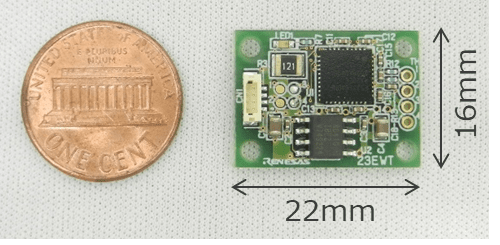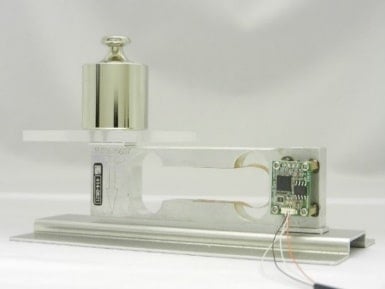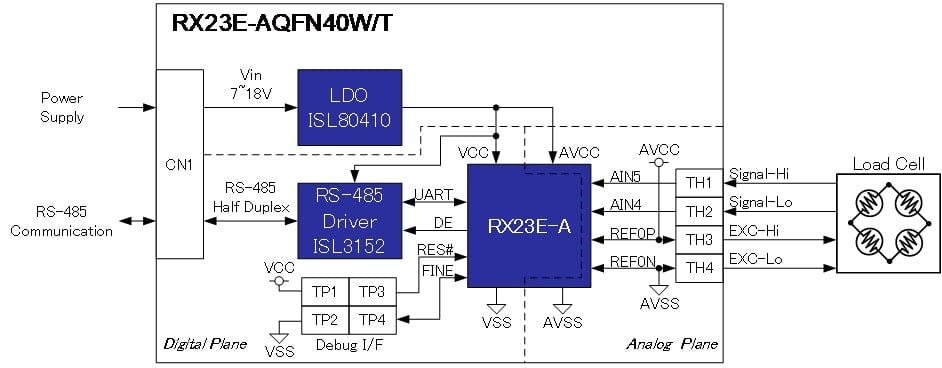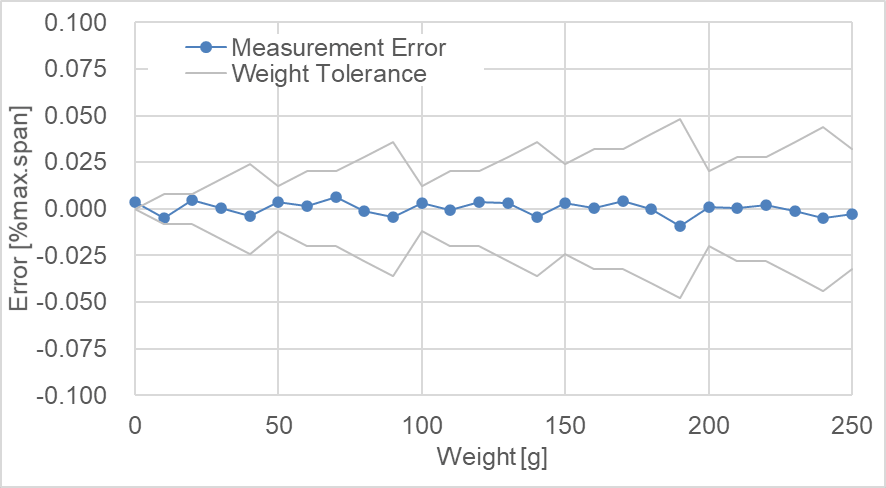The structure of a sensor device can be roughly categorized into two types and from time to time, which type to be adopted to the application requires thorough consideration.
- Separated structure: Sensor and signal conditioner are in separate housings, connected to each other by a wire harness.
- Integrated structure: Sensor and signal conditioner are integrated in the same housing.

Lately, the demand for small sensors has increased so that the adoption of integrated structures has been apparently expanding. Load cell application is no exception to the trend. Digital load cell, which outputs digital signal and houses both sensor and signal conditioner, is becoming widely deployed.
The advantage of the integrated sensor structure is the improved precision of measurement and noise immunity due to the signal being conditioned and processed closely to the sensor. On the other hand, the integrated structure poses a difficulty to implement all required functions, such as analog parts, ADC and MCU in a constrained space. It is quite often that the mounting area is only enough for an analog part such as an amplifier, and MCU and ADC have to be implemented in another housing.
In such a case, the RX23E-A, with high precision 24-bit ΔΣ ADC, built-in PGA and MCU on a single chip in a small package, appears to be the best option against this challenge.
Renesas has developed an RX23E-A reference design on a tiny board for digital load cell as a proof of addressing this challenge.


The board is 22mm x 16mm in size with an RX23E-A MCU and ISL3152 RS-485/RS-422 transceiver mounted. The RX23E-A performs A/D conversion, digital filter processing, calibration, and conversion of physical quantity (Voltage to Weight), while the ISL3152E transmits the converted weight values to host devices with digital communication.

We have done the evaluation of weight measurement by incorporating this small board into a load cell and confirmed that non-linear errors of the weight measurement are within ±0.01% max span. As a result, it is considered that the performance of a general load cell can be fully demonstrated.

The reference design is described in detail in the Application Note: ”RX23E-A QFN40W/T Tiny Board for Digital Load Cell” (Document No. R12AN0114EJ0100). It is also introduced on the specific web page below. Feel free to check it out.
Link: RX23-E-A Tiny Board for Digital Loadcell Reference Design
